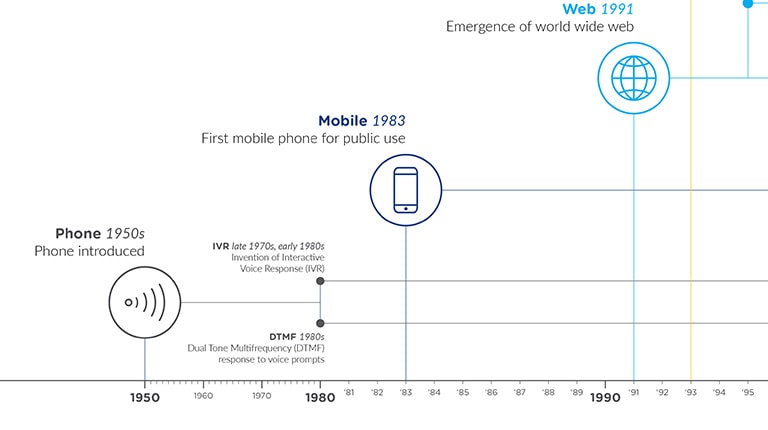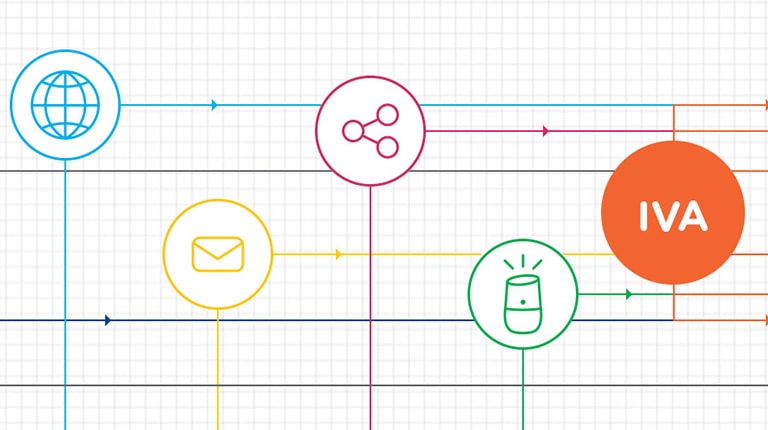About the Author
Interactions

Blog
Investing in Your Customer Care Strategy? Answer These 5 Questions First
Investing in your customer care strategy is a critical step for companies that want to remain competitive in today’s customer-obsessed environment. But with a growing variety of technological solutions, the opportunities for investment are endless — and it’s hard to know where to start.

Blog
Let Humans do the Brilliant Work
No matter who you talk to, it’s pretty clear at this point that artificial intelligence (AI) is here to stay. The question, then, is what the future with AI looks like. At Interactions, we firmly believe that the future is brighter with AI, specifically when AI and humans work together.

Blog
[Video]: What is Customer Effort (and Why is it Important)?
Customer effort is an increasingly important topic when it comes to improving the customer service experience. But what exactly is it, and why is it so critical? Watch this video to hear Jane Price, our SVP of Marketing, discuss how customer effort can impact your bottom line.






